When I was 10 I gradually realised I couldn’t see what was clear to the other children in my primary-school class. The teacher would write notes on the blackboard and then ask a particular row of pupils to read them aloud. When light shone on the board I could make out the writing, but on the day she asked my row to read, the sun, as it seemed to me, malevolently absented itself. In that early phase of my life I was frightened of authority and had somehow come to think that having to admit publicly that I couldn’t see properly would incur some form of disapproval. I remember the tremble in my voice when I revealed what I had long tried to hide and the faces turning to look at me.
The admission, however, resulted only in a visit to the optician, but I still cried when he announced that I was short-sighted and would need to wear glasses. The elderly optician, who was a kind man, gave me sixpence in recompense and told me that eyesight could miraculously improve. My mother picked a pair of peach-coloured frames that she thought suited me, but I took no part in the selection because I had already resolved that I was never going to wear them. When they were ready, a couple of weeks later, I took them off the second I left the shop, but my mother, with an unusual intensity, insisted I put them back on.
I saw the world as I hadn't before and probably haven't since, and when I lowered my eyes it wasn't out of shame but because I felt blinded by the light of the world
In that moment I saw the world as I hadn’t before and probably haven’t since, and when I lowered my eyes it wasn’t out of shame but because I felt blinded by the light of the world. My mother’s shoes, small, brown, polished at the front, the heels scuffed and worn; a splash of sparkling spit; bus tickets (non-transferable); a stamped cigarette bursting like a sheaf of yellow corn; a discarded diamond of silver paper. And on the bus ride home through Belfast we stopped at traffic lights beside a church that had a verse on its notice board. It said as if in some personal message directly sent from above, “The eyes are like a lamp for the body. If your eyes are clear your whole body will be full of light.”
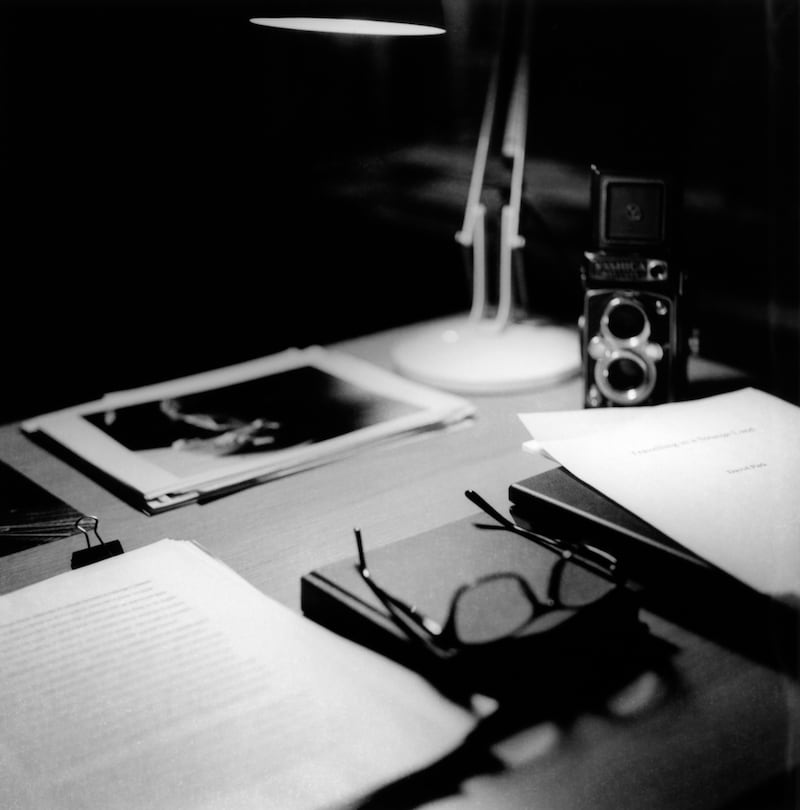
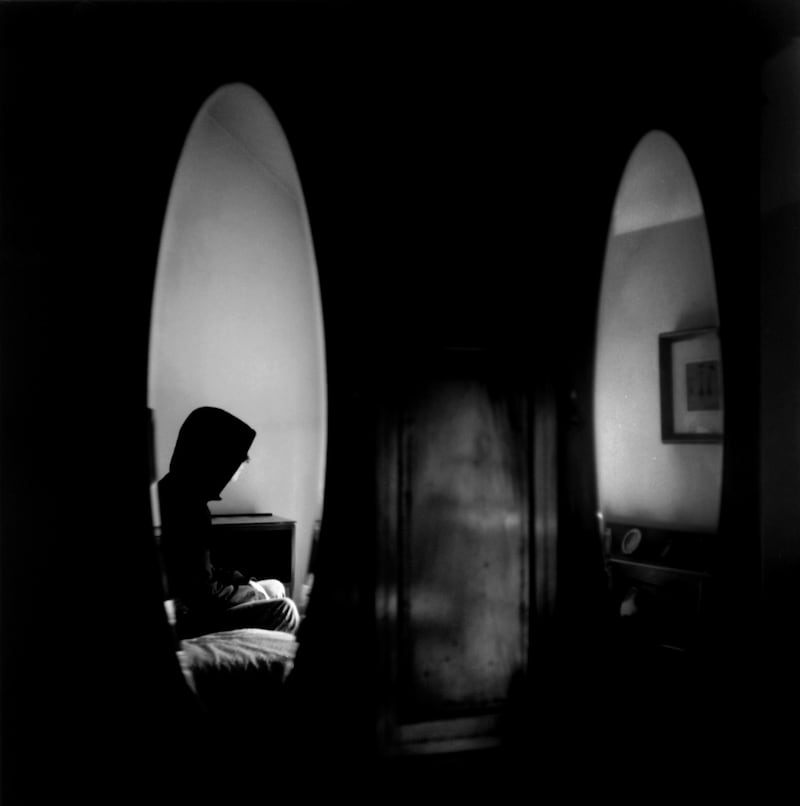
Seeing and trying to find a way to express what is seen are the essence of all art, in whatever medium it is expressed. How we see is fired in the imagination and shaped by every single thing that has ever passed like a shadow across our existence. The act of creative seeing is processed through what Wordsworth described as “the inner eye” that enables us to “see into the life of things”, and all the best advice about writing focuses on sight, from Seamus Heaney’s “Keep your eye clear / as the bleb of the icicle,” to John McGahern’s “What a writer needs is a way of looking at the world. The most important thing the writer needs to find is not a voice alone, not the words alone, but a way of seeing into lives.”
The title of my novel Travelling in a Strange Land is inspired by the quotation by Bill Brandt that suggests the photographer must have "something of the receptiveness of the child who looks at the world for the first time or of the traveller who enters a strange country". The central character is a photographer, and inevitably when working on it I often thought about photography, reflecting on its similarities to and differences from writing and wondering what impulses and processes were involved in finding "a way of looking at the world" through the lens of a camera. So it came as a great pleasure when the artist and photographer Sonya Whitefield expressed a willingness to engage in a creative collaboration, where she would produce a personal response to the novel that combined her images with my text.
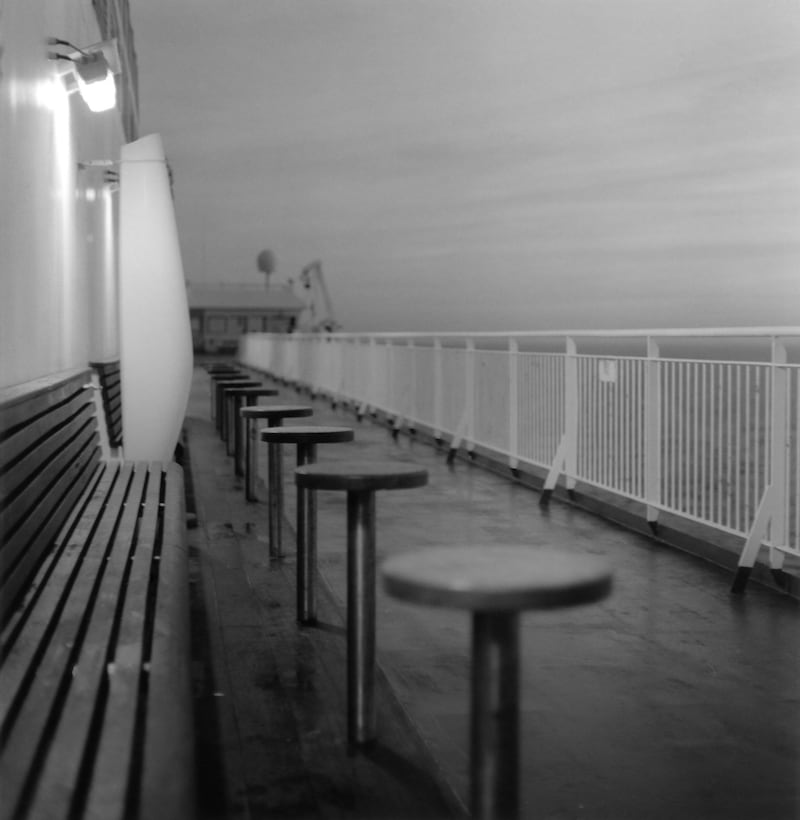
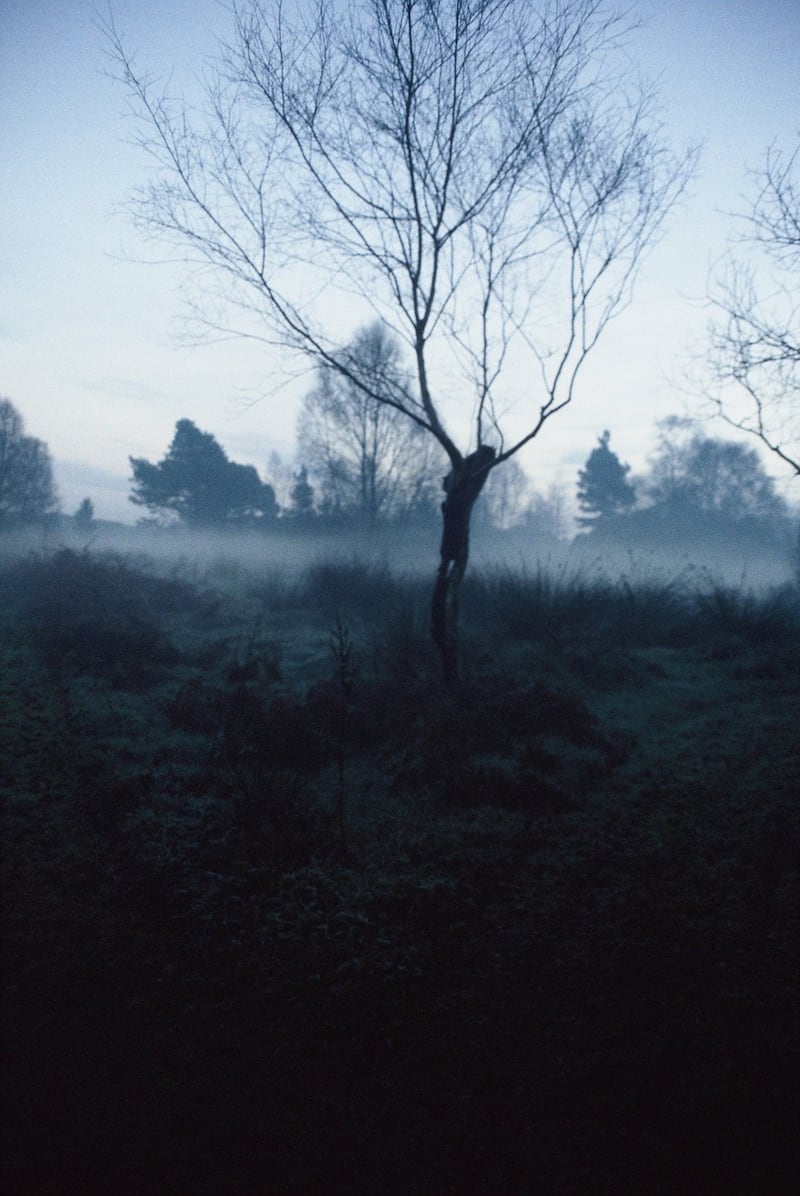
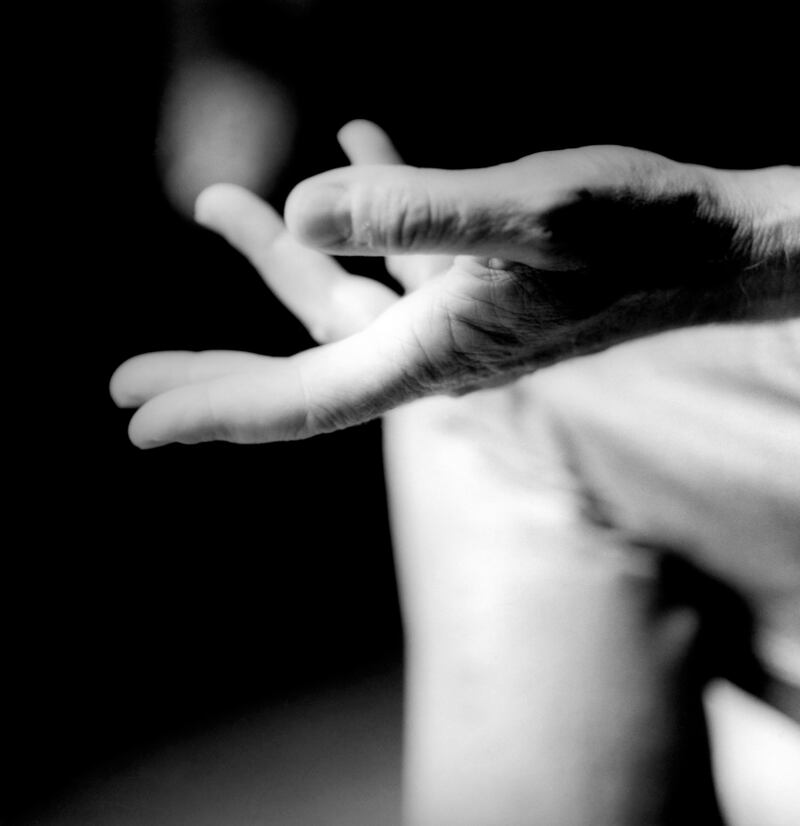
Although we exchanged ideas about the novel, from the very beginning we held fast to the belief that her response was to be a personal one, springing from her reading of it, and neither of us wanted the photographs to be merely a pictorial representation of the narrative. The hope was that each artistic form would give to the other, and in the fusing of the two something new to each of us might emerge. Of course the blending of text and image has a long history, right back to Egyptian burial friezes and beyond, and has also been explored by many contemporary artists, such as Cy Twombly and Jean-Michel Basquiat. In the world of photography Duane Michals has also exploited this fusion, often with startling results.
By a curious synchronicity Bill Brandt has been an influence on Sonya’s creativity. She works mostly in black and white, follows traditional methods in developing her own work and took the photographs with a Mamiya C220 camera with an 80mm lens. In the novel the central character comes to a belief that all that is left for us in this world is mystery, and Sonya’s photographs seem to me to see into some of the mystery at the heart of our existence as we travel in a strange country. They both serve to illuminate the text and take it in directions that I hadn’t anticipated. It has also taught me that there are more similarities than differences in seemingly separate art forms. As I ponder the resulting images there is one, however, that I can access only through the lens of my own memory, and as I focus through the vista of years, it’s of that small boy with peach-coloured glasses riding home, suddenly and unexpectedly transfigured by the light of the world. Seeing.
Travelling in a Strange Land is published by Bloomsbury. Sonya Whitefield's images and David Park's text will form part of a photographic exhibition that will be shown at the John Hewitt Summer School at the Armagh Market Place Theatre from July 23rd to 28th with the support of the Arts Council of Northern Ireland; johnhewittsociety.org











